AInsights: Executive-level insights on the latest in generative AI…
Please subscribe to AInsights.
Please also subscribe to my master newsletter, a Quantum of Solis.
Anthropic announced Claude 3, setting new industry benchmarks in reasoning, math, coding, multilingual understanding, and vision
Anthropic’s next generation AI models, Claude 3 Opus, Sonnet, and Haiku, are now available and appear to surpass OpenAI’s ChatGPT 4 performance.
Opus and Sonnet are accessible in its API, enabling developers to start using these models immediately. Sonnet is powering the company’s free experience, with Opus available for Claude Pro subscribers.
Opus is Anthropic’s most intelligent model, achieving near-human comprehension capabilities according to the company.
With this release, users can opt for the ideal combination of intelligence, speed, and cost to suit their use case.
Opus, our most intelligent model, achieves near-human comprehension capabilities. It can deftly handle open-ended prompts and tackle complex tasks. pic.twitter.com/ZJnXwVVLDv
— Anthropic (@AnthropicAI) March 4, 2024
Anthropic reports Haiku as the fastest and most cost-effective model on the market for its intelligence category. For the vast majority of workloads, Sonnet is 2x faster than Claude 2 and Claude 2.1, while Opus is about the same speed as past models.
The company, founded by ex-OpenAI research executives, is funded by the likes of Google, Salesforce and Amazon, and closed five different funding deals over the past year, totaling about $7.3 billion.
Claude 3 offers the ability to summarize up to about 150,000 words compared to ChatGPT’s ability to summarize an estimated 3,000. And for the first time, Claude becomes multimodal, allowing for users to upload images or documents, beyond standard text prompting. It cannot yet generate images or videos, however.
AInsights
CNNBC reports that the generative AI field has exploded over the past year, with a record $29.1 billion invested across nearly 700 deals in 2023, a more than 260% increase in deal value from a year earlier, according to PitchBook. On the heels of Google’s release of Gemini 1.5, Anthropic’s release of Claude 3 changes the game in performance and also cost.
I noticed a Tweet or X post, or whatever we’re supposed to call it, pointing out the significant price/performance features of Claude Haiku vs. ChatGPT 4.
Did anthropic just kill every small model?
If I'm reading this right, Haiku benchmarks almost as good as GPT4, but its priced at $0.25/m tokens
It absolutely blows 3.5 + OSS out of the water
For reference gpt4 turbo is 10m/1m tokens, so haiku is 40X cheaper. pic.twitter.com/jUTITDX9fA
— Sully (@SullyOmarr) March 4, 2024
If true, Claude’s ability to maximize tokens in terms of execution and the cost to do so is going to gain enterprise and partner attention at scale. I also expect OpenAI to accelerate the release of 4.5 with an expected leapfrog over the competition, while perhaps, also unlocking next-generation features.
Claude 3 demonstrates a better understanding of risk in responses compared to its previous version, with a more nuanced understanding of text, image, and document-based prompts. Businesses can also benefit from Claude 3’s ability to handle complex inquiries accurately, create source code effectively, and provide faster responses for tasks like knowledge retrieval or sales automation
While Claude 3 Opus may be priced higher than some alternatives, the choice of an AI model should be based on factors like accuracy, speed, privacy, ease of deployment or maintenance, and cost
ChatGPT now reads AI generated responses to you, in your native language.
After prompting ChatGPT, mobile users can press and hold the response to generate a “read aloud” prompt. Web users can simply click a “read aloud” button to have the ChatGPT do just that, read the response aloud.
ChatGPT can now read responses to you.
On iOS or Android, tap and hold the message and then tap “Read Aloud”. We’ve also started rolling on web – click the "Read Aloud" button below the message. pic.twitter.com/KevIkgAFbG
— OpenAI (@OpenAI) March 4, 2024
The Read Aloud feature offers enhanced accessibility by allowing ChatGPT to read out responses in the user’s language, offering five different voices for selection and supporting 37 languages, making it easier to use while on the go and for users with different accessibility needs.
AInsights
OpenAI’s Read Aloud feature in ChatGPT enhances accessibility, user experience, and multimodal capabilities, positioning it as a versatile tool for various users, including business users seeking efficient and interactive AI interactions. It also improves user experiences by offering a verbal response. Since ChatGPT can also accept verbal prompts, ChatGPT becomes conversational not unlike Siri or Alexa, setting it up for a more conversational experience, where prompts aren’t just read, but more natural in response.
OpenAI’s Sora continues to depict the future of genAI video creation and the future of video.
Here are some updated examples. Pay attention to the simple prompts….
"a man and a woman in their 20s are dining in a futuristic restaurant materialized out of nanotech and ferrofluids"
Video generated by Sora. pic.twitter.com/PMPbsp7xCW
— Bill Peebles (@billpeeb) March 2, 2024
5. Prompt: “A mini Aussie painting a picture of his favorite toy” pic.twitter.com/0pYi2i3cDy
— Alvaro Cintas (@dr_cintas) March 3, 2024
"an alien blending in naturally with new york city, paranoia thriller style, 35mm film"
Video generated by Sora. pic.twitter.com/KReZdvlB0N
— Bill Peebles (@billpeeb) March 2, 2024
"fly through tour of a museum with many paintings and sculptures and beautiful works of art in all styles"
Video generated by #Sora pic.twitter.com/SNr9dQZe5V
— Tim Brooks (@_tim_brooks) March 2, 2024
AInsights
It’s hard to imagine any form of video development, from marketing to corp comms to education to training to Hollywood not incorporating genAI tools like OpenAI’s Sora, Pika, Runway, Stable Video Diffusion, and whatever comes next, into at least the development stages of visual storytelling.
What we’re seeing here is so wild, based on the simplest of prompts,. I can only imagine what becomes possible through more intricate imagination and prompting.
They say, practice makes perfect. But with generative AI and an evolving landscape of prompting and technological advancements, practice makes those who use AI literate, experienced, and proficient.
What’s clear though is that disruption in video production is on the horizon.
OpenAI’s Sora has the potential to significantly impact the video industry, especially for video creators and producers, by introducing new opportunities and challenges.
Sora’s ability to turn text into high-quality videos will revolutionize and democratize video in every industry. Filmmaker Tyler Perry reportedly halted expansion plans due to concerns over job impacts after witnessing Sora’s capabilities. Generative AI tools like Sora could force studios to rethink their investment in production costs and potentially displace roles on creative and production teams.
Personally, I believe that Perry and other executives should explore the development of new genres of studios in an era of AI.
While some fear that AI tools like Sora could replace human creativity, others see it as a new tool for Hollywood that can enhance storytelling, reduce production time and costs, and make mundane tasks more efficient. It is viewed as a tool that can drive efficiency and improve the filmmaking process. It also offers the potential to streamline video production processes, reduce costs, and reinvent traditional workflows.
OpenAI reinstates Sam Altman to its board, finds conduct before his ouster ‘did not mandate removal.’
In November during the Thanksgiving Holiday in the U.S., the entire tech industry was glued to their favorite social networks trying to keep up with the crazy four days between OpenAI’s firing and rehiring of Sam Altman. Though Altman returned to the helm as CEO, he was not invited back to the company’s board pending an investigation.
Law firm WilmerHale led the investigation, reviewing the events that resulted in Altman’s ouster. The firm concluded its work and OpenAI announced that Altman will rejoin the board. The company also announced new board members, including:
- Dr. Sue Desmond-Hellmann, former CEO of the Bill and Melinda Gates Foundation, who is also on the Board of Directors at Pfizer and on the President’s Council of Advisors on Science and Technology.
- Nicole Seligman, former EVP and Global General Counsel of Sony and President of Sony Entertainment, who is also on the Board of Directors at Paramount Global, Meira GTx and Intuitive Machines, Inc.
- Fidji Simo, CEO and Chair of Instacart, who is also on the Board of Directors at Shopify.
The new members will “work closely with current board members Adam D’Angelo, Larry Summers and Bret Taylor as well as Greg, Sam, and OpenAI’s senior management,” according to a release.
“We have unanimously concluded that Sam and Greg are the right leaders for OpenAI,” Bret Taylor, chair of OpenAI’s board, said in a release.
“The review concluded there was a significant breakdown of trust between the prior board and Sam and Greg,” Taylor said, adding that the review also “concluded the board acted in good faith… [and] did not anticipate some of the instability that led afterwards.”
AInsights
Former OpenAI board members, Helen Toner and Tasha McCauley, put out a statement, “We hope the new board does its job in governing OpenAI and holding it accountable to the mission.”
It’s always a good thing to have the founder/CEO on the board. It’s also a good thing to have a board hold its CEO and organizational leaders accountable to the mission and their executive duties. Governance and oversight is critical.
As Toner and McCauley state, OpenAI’s mission is to ensure that artificial general intelligence (AGI) benefits all of humanity. That’s what the “open” in OpenAI means.
Clearly, Toner and McCauley are unwavering in their stance. Deception, manipulation, and resistance to oversight are powerful accusations. No board should accept these traits.
I’m sure Bret Taylor and the new board will govern with integrity and ensure that OpenAI keeps on track with its mission.
Please subscribe to AInsights.
Please subscribe to my master newsletter, a Quantum of Solis.

Brian Solis | Author, Keynote Speaker, Futurist
Brian Solis is world-renowned digital analyst, anthropologist and futurist. He is also a sought-after keynote speaker and an 8x best-selling author. In his new book, Lifescale: How to live a more creative, productive and happy life, Brian tackles the struggles of living in a world rife with constant digital distractions. His previous books, X: The Experience When Business Meets Design and What’s the Future of Business explore the future of customer and user experience design and modernizing customer engagement in the four moments of truth.
Invite him to speak at your next event or bring him in to your organization to inspire colleagues, executives and boards of directors.
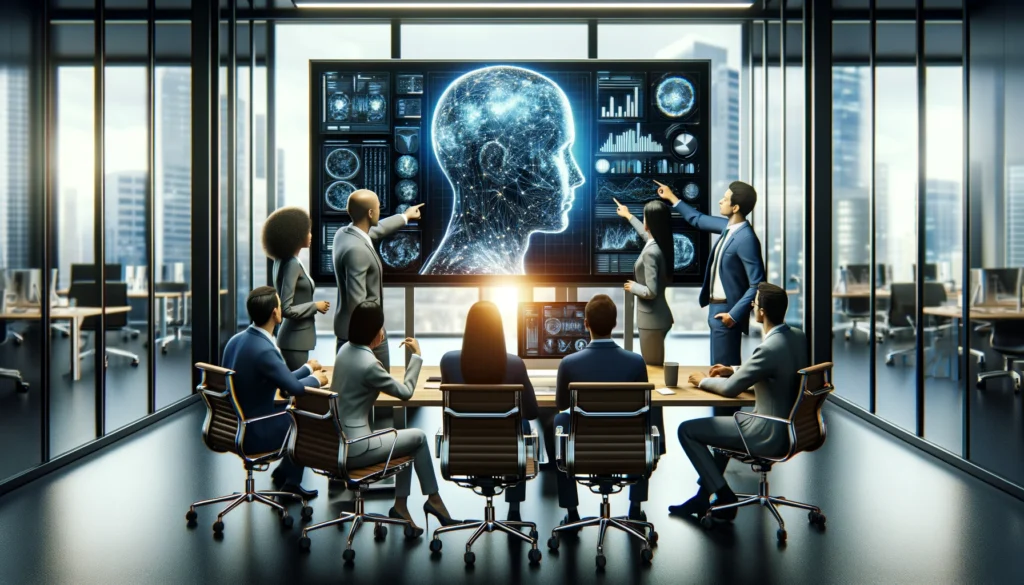
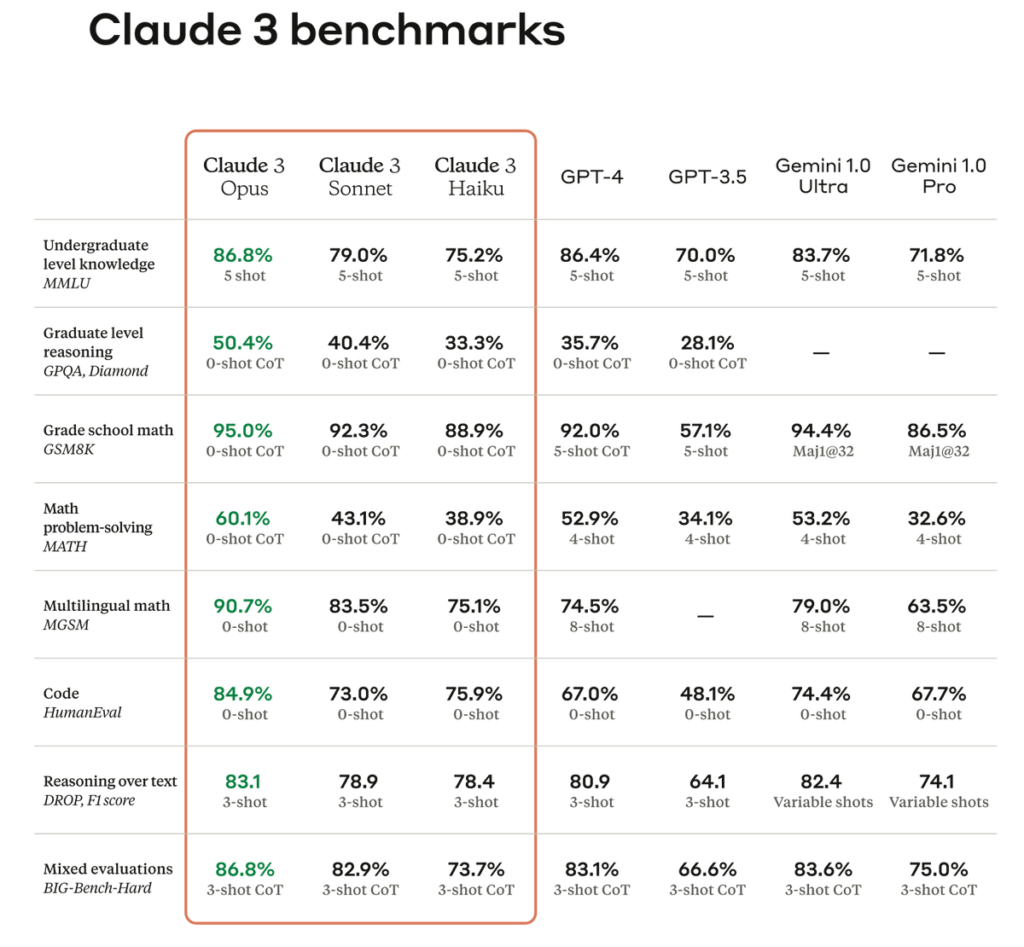

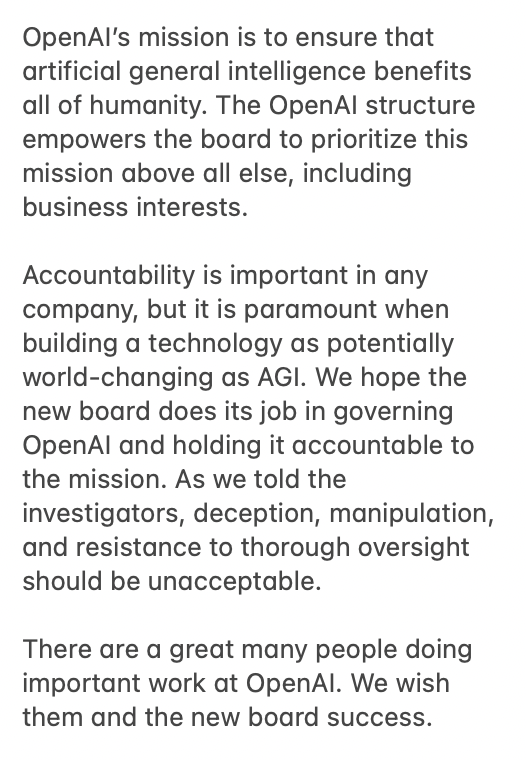
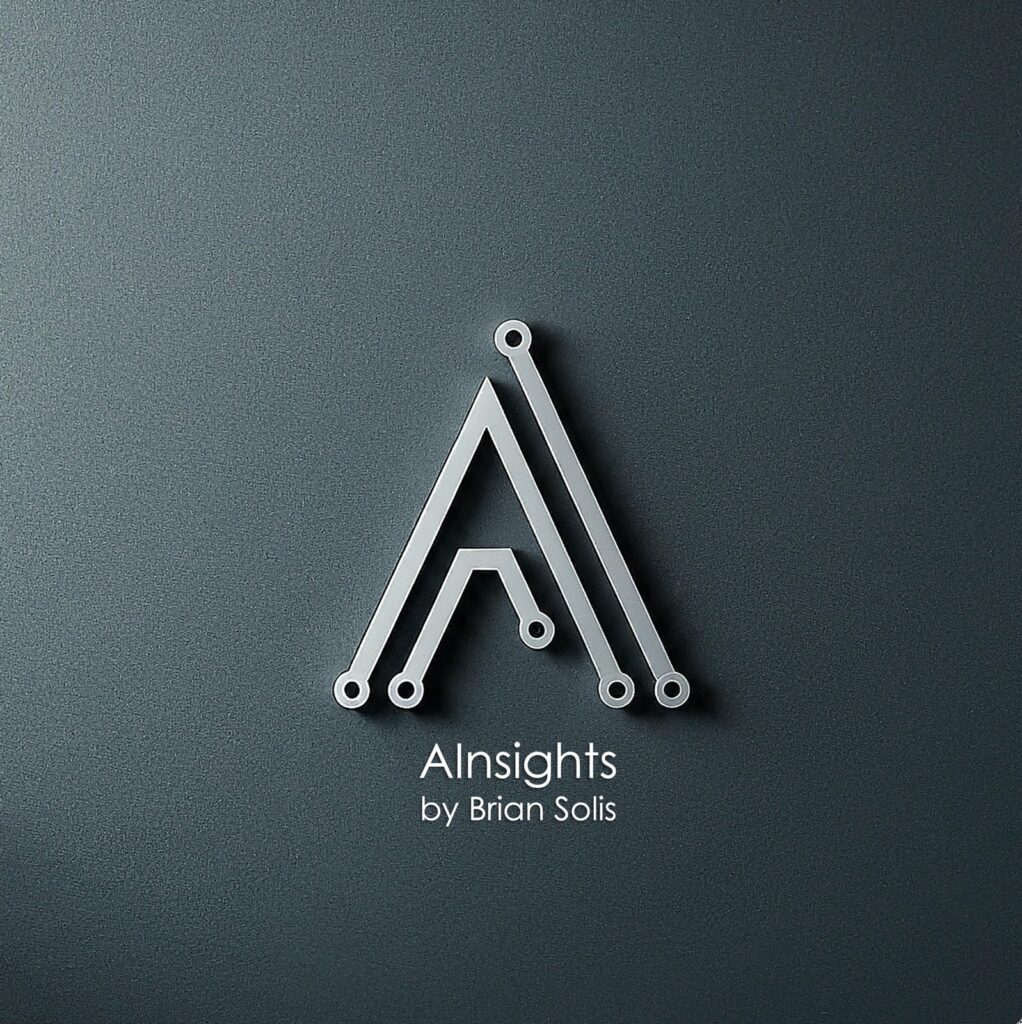
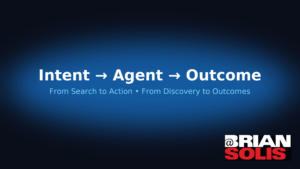

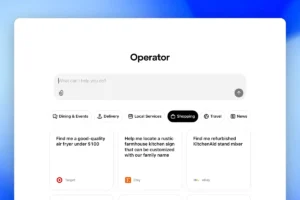


Leave a Reply